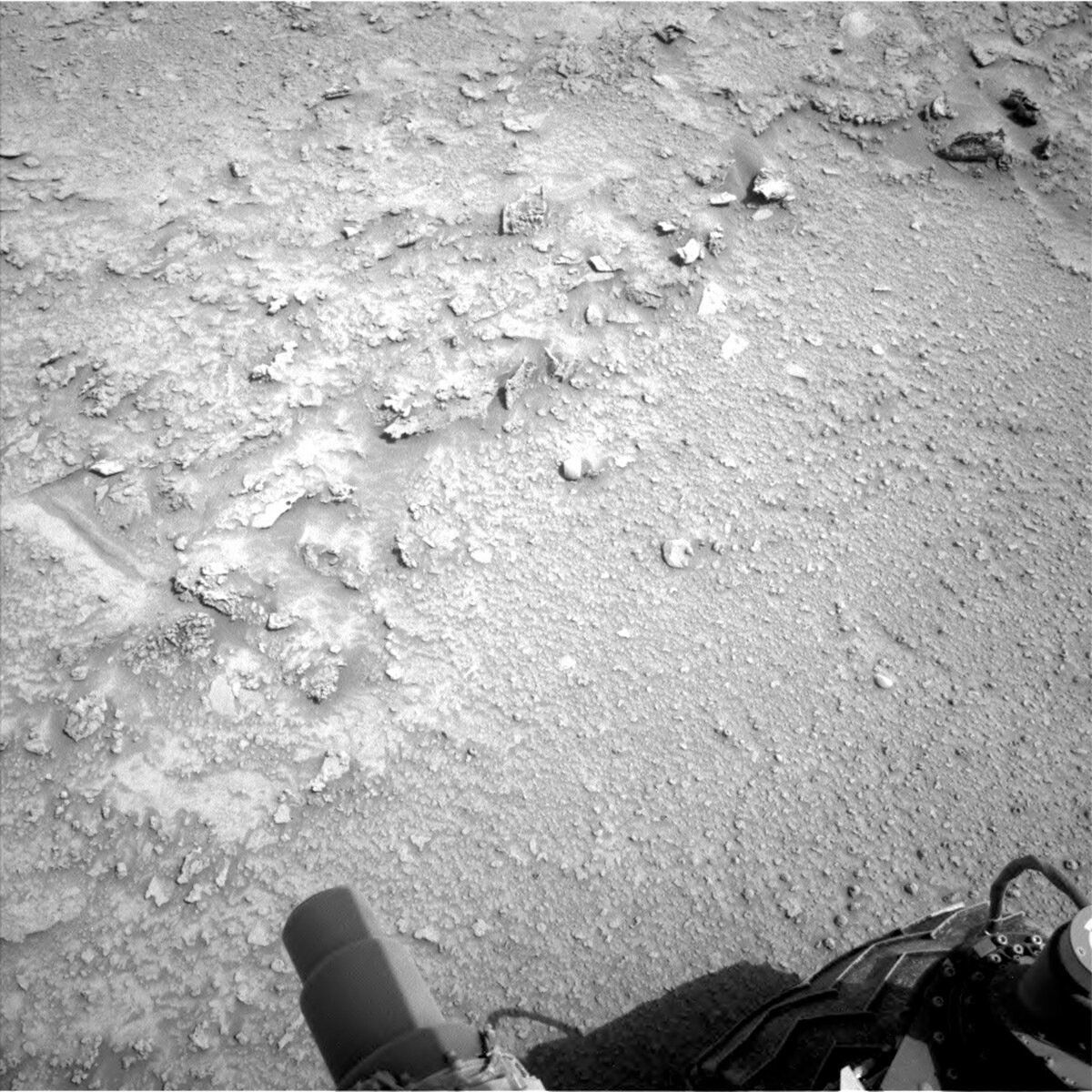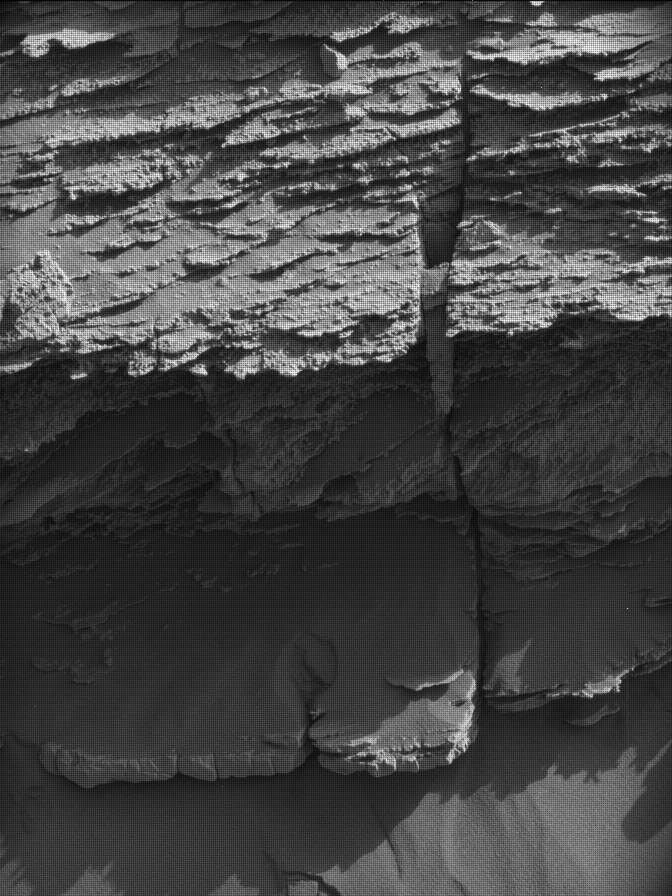The Sol 3727 drive went well, positioning the rover at the transition in the Marker Band that was the goal of the drive. As expected, we did not receive enough image data to allow DRT brushing to be planned, but we were able to plan APXS and MAHLI observations of a rough bedrock target named "Primavera." The lack of complete, full-resolution Navcam coverage made it more challenging than usual to select and accurately point at targets of interest. I focused on planning long-distance RMI observations, and despite the limited data we were able to plan an RMI mosaic of a distant block with interesting textures exposed. We also planned a LIBS raster on a nearby nodular rock named "Shulinab." Mastcam will take an image of Shulinab for context and acquire stereo mosaics of a dark linear feature, the planned drive direction, and some stones that don't appear to be derived from the local bedrock. The Left Mastcam will also acquire a 7x6 mosaic of textures near the rover. After all these activities have completed, the rover will drive about 26 meters to a brighter patch of ground, unstow its arm and take images of the arm workspace in preparation for contact science planning on Wednesday. Mastcam will once again measure the amount of dust in the air above the rover by imaging the Sun, then will search for ice clouds and take an image of Mars' larger moon Phobos after sunset.
On Sol 3729 Navcam will search of dust devils and ChemCam will autonomously search for and shoot its laser at an outcrop target. That evening, Navcam will search for clouds during twilight. As usual, REMS and DAN activities are spread throughout the plan.
Written by Ken Herkenhoff, Planetary Geologist at USGS Astrogeology Science Center




































